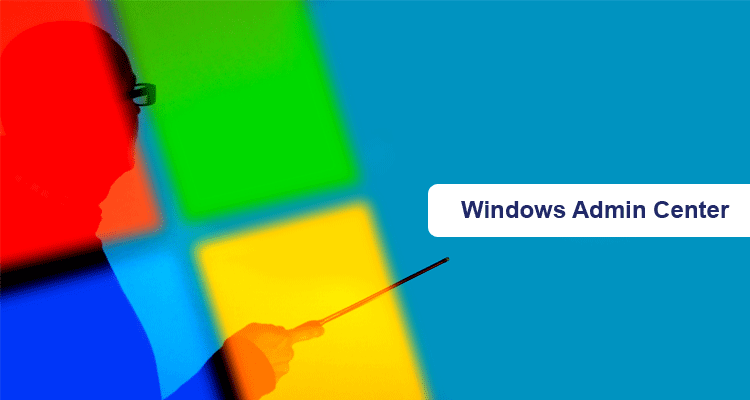Active Directory services with Windows Server

Active Directory (AD) is a directory service that Microsoft developed for the Windows domain networks. It is included in most Windows Server operating systems as a set of processes and services. Initially, Active Directory was only in charge of centralized domain management. Starting with Windows Server 2008, however, Active Directory became an umbrella title for a broad range of directory-based identity-related services.
A server running Active Directory Domain Service (AD DS) is called a domain controller. It authenticates and authorizes all users and computers in a Windows domain type network—assigning and enforcing security policies for all computers and installing or updating software. For example, when a user logs into a computer that is part of a Windows domain, Active Directory checks the submitted password and determines whether the user is a system administrator or normal user. Also, it allows management and storage of information, provides authentication and authorization mechanisms, and establishes a framework to deploy other related services: Certificate Services, Active Directory Federation Services, Lightweight Directory Services and Rights Management Services.
Active Directory Applicable Areas
Network administrators write scripts and applications that access Active Directory Domain Services to automate common administrative tasks, such as adding users and groups, managing printers, and setting permissions for network resources.
The Active Directory structure includes Three main Tiers:-
1) Domains.
2) Trees.
3) Forests.
Several objects that all use the same database may be grouped into a single domain. Multiple domains can be combined into a single group called a tree. Multiple trees may be grouped into a collection called a forest. Each one of these levels can be assigned specific access rights and communication privileges.
Active Directory trust
Active Directory domain to domain communications occur through a trust. An AD DS trust is a secured, authentication connection channel between entities, such as AD DS domains, forests, and UNIX realms. Trusts enable you to grant access to resources to users, groups and computers across entities.
Active Directory Replication
In Active Directory, replication ensures that any changes made to a domain controller within a domain are replicated to all the other domain controllers in the domain. Active Directory utilizes multi-master replication to replicate changes in the Active Directory data store to the domain controllers. With multi-master replication, domains are considered peers to one another.
You will learn how to configure some of the key features in Active Directory such as Active Directory Domain Services (AD DS), Group Policy, Dynamic Access Control (DAC), Work Folders, Work Place Join, Certificate Services, Rights Management Services (RMS), and Federation Services.
Active Directory Services (AD DS) with Windows Server training program provides core skills to protect and manage data access information, simplify identity infrastructure deployment and management to provide secure data access to users from anywhere. This Active Directory training will enable professionals to gain in-depth knowledge of managing, securing and operating a Windows Server deployment.



